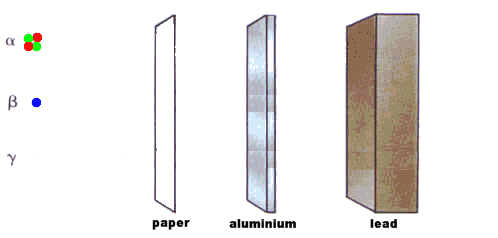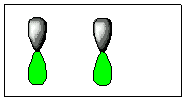Pages
▼
Saturday, 30 June 2012
Origin of Lyman and Balmer series in the Hydrogen spectrum
Friday, 29 June 2012
Thursday, 28 June 2012
Wednesday, 27 June 2012
Tuesday, 26 June 2012
Monday, 25 June 2012
Sunday, 24 June 2012
Saturday, 23 June 2012
Composition of Air
Average composition of earth's atmosphere ( up to an altitude of 25 km)
- Nitrogen 78.09%
- Oxygen 20.95%
- Argon 0.93%
- Carbon dioxide 0.039%
and trace amount of other gases including Neon, Helium, Methane, Krypton, Hydrogen,
Nitrous oxide, Carbon monoxide, Xenon, Ozone, Nitrogen dioxide, Iodine, Ammonia etc.
Schematic diagram
'Broken Symmetry' at subatomic level
Nobel Prize in Physics (2008)
"Yoichiro Nambu" [Enrico Fermi Institute at the University of Chicago] for the discovery of the mechanism of spontaneous broken symmetry in subatomic physics
"Makoto Kobayashi" [Japan's High Energy Accelerator Research Organization (KEK)] and
"Toshihide Maskawa" [Yukawa Institute for Theoretical Physics (YITP) at Kyoto University] for the discovery of the origin of the broken symmetry which predicts the existence of at least three families of quarks in nature.
Courtesy: ScienceDaily (Oct. 7, 2008)
Friday, 22 June 2012
Branches of Chemistry:
- Inorganic chemistry
- Organic chemistry
- Physical chemistry and
- Theoretical chemistry.
Apart from these major classifications, there are other popular subdivisions too. Some of those, including modern and interdisciplinary branches, are entitled as
- Analytical chemistry
- Applied chemistry: oils and fats
- Astrochemistry
- Atmospheric chemistry
- Biochemistry
- Click chemistry
- Computational chemistry
- Electro chemistry
- Environmental chemistry
- Femto chemistry
- Food chemistry
- Geochemistry
- Green chemistry
- Hydrochemistry
- Material chemistry
- Magneto chemistry
- Medicinal chemistry
- Nanochemistry
- Natural product chemistry
- Nuclear chemistry
- Organometallic chemistry
- Petrochemistry
- Pharmaceutical chemistry
- Photochemistry
- Polymer chemistry
- Solid state chemistry
- Synthetic chemistry
- Supra molecular chemistry
- Surface chemistry
- Thermo chemistry and so on.
Thursday, 21 June 2012
Earlier Concepts:
Plato figured out that particles had regular mathematical shape. The polyhedra are, generally, called regular platonic solids. For e.g., earth was a cube, air was an octahedron etc. The flat faces of each of these shapes can be made from two kinds of triangle. According to Plato, these triangles are the fundamental particles of nature. They pervade all space. The elements are converted by rearranging the triangles into new geometric form.



















